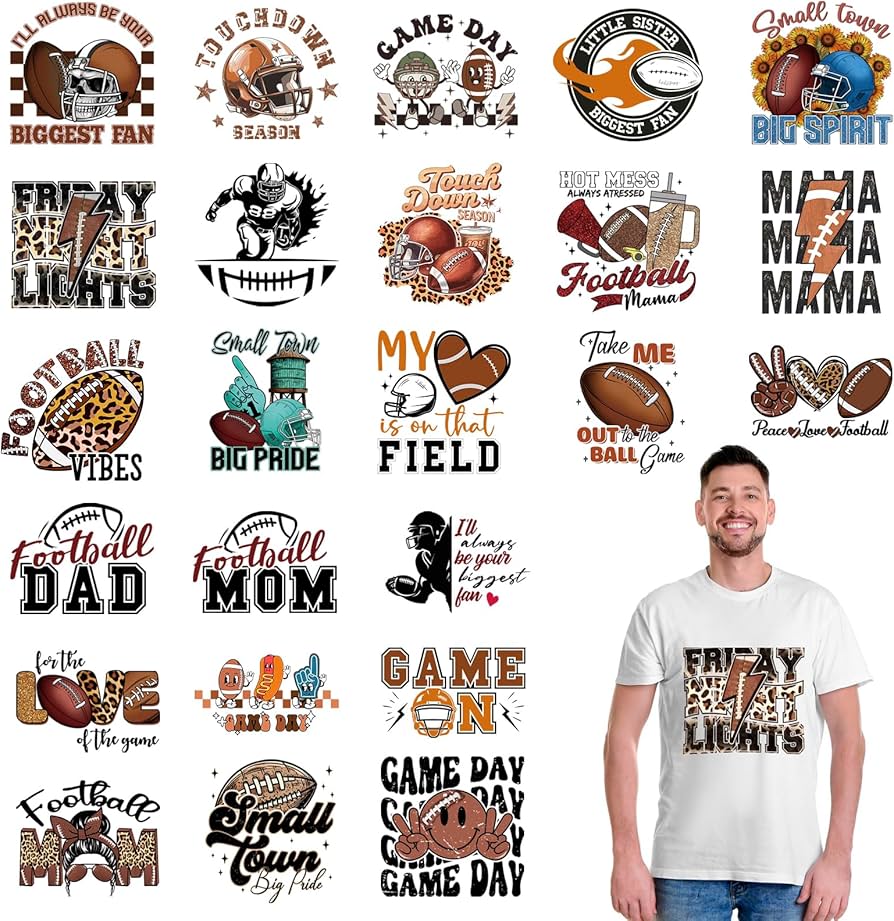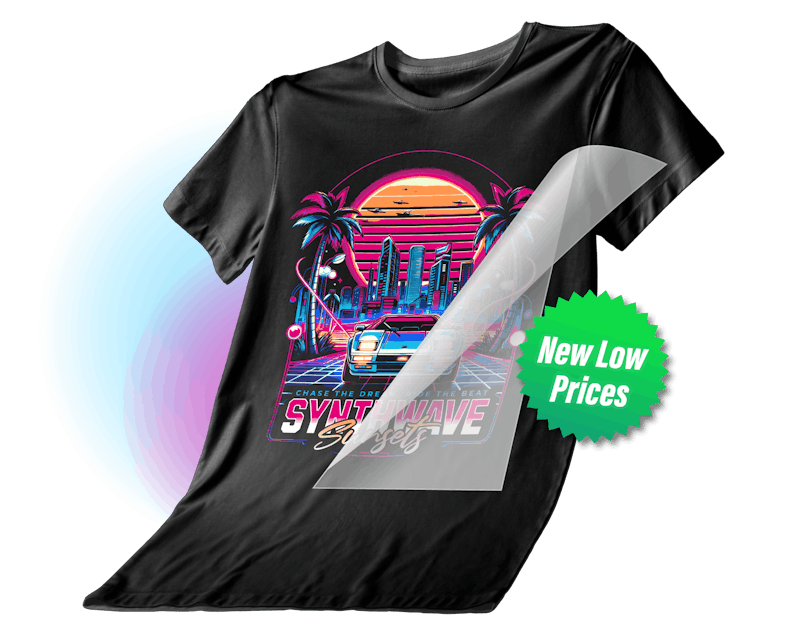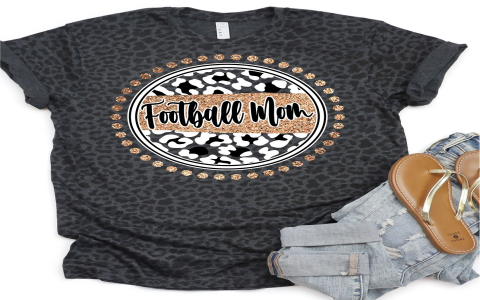Okay, so let’s dive into what I’ve been up to with these NFL DTF transfers. I’ve been tinkering with different ways to get some custom gear sorted, and man, this DTF stuff has been quite the journey.
Getting Started with the Idea
I was looking around, you know, wanting some unique NFL bits and pieces. The official merch is cool, but sometimes you want something a bit more personal, or maybe a design they just don’t make. I’d heard whispers about DTF – Direct to Film – and how it was pretty versatile. People were saying it was the new hotness for custom apparel. So, naturally, I thought, why not give it a crack for some NFL designs?
The Initial Setup and First Attempts
First things first, I had to get my hands on some NFL-themed DTF transfers. I found a supplier, picked out a few designs – team logos, some cool player graphics, that sort of thing. Then came the actual doing part. Fired up my trusty heat press. If you’ve ever used one, you know they’re serious bits of kit. Getting the temperature and pressure right is always the first hurdle.

My first victim was an old t-shirt. Figured it was best to experiment on something I wouldn’t cry over if it went pear-shaped. I followed the instructions that came with the transfers: pre-press the garment to get any moisture out and flatten it, position the transfer, then press for the recommended time. The suspense while waiting for it to cool down for the peel – because these were cold peel – was real. You just want to rip it off and see!
- Temperature: Had to play around a bit, but landed around 300-320°F.
- Time: About 10-15 seconds for the first press.
- Pressure: Medium to firm. This was crucial.
Peeled it off, and honestly, I was pretty impressed. The colors were vibrant, and it felt way better than some of the old-school iron-ons that feel like a plastic shield on your chest. This was much softer, more integrated into the fabric.
Branching Out and a Few Hiccups
Once I got the hang of it on basic cotton tees, I got a bit more ambitious. I remembered reading somewhere that DTF printing is a favorite among luxury brands because it produces high-quality prints on materials like silk, velvet, and leather. Now, I wasn’t about to try it on silk, but it got me thinking about different fabrics. I tried it on a polyester jersey next. That needed a slightly different approach, maybe a bit lower temp to avoid scorching the fabric, but it came out great. The colors really popped on the shiny material.
Of course, it wasn’t all smooth sailing. Had a couple of transfers where the edges didn’t stick properly. Usually, that was down to uneven pressure or not pre-pressing enough. And one time, I got impatient and tried to peel it while it was still a bit too warm – bad idea. Some of the print stayed on the film. Lesson learned: patience is a virtue with these things.
The Results and What I Reckon
So, after a fair bit of trial and error, I’ve got a decent system down. I’ve made a bunch of custom NFL shirts and even a couple of hoodies. They look pretty professional, if I do say so myself. The transfers have held up well in the wash too, which was a big concern. No cracking or peeling so far, as long as you wash them inside out and on a cooler setting, like you would with any printed garment.
Here’s the lowdown from my experience:
- Quality of Transfer: This is huge. Get good quality DTF prints. Cheap ones might save you a buck but can be a nightmare to apply or don’t last.
- Heat Press is Your Friend: You really need a proper heat press for consistent results. An iron just won’t cut it for even pressure and temperature.
- Test, Test, Test: Always do a test print if you’re using a new type of transfer or a new fabric.
- Peel Technique: Pay attention to whether it’s a hot or cold peel. It makes all the difference.
Overall, I’m pretty chuffed with how these NFL DTF transfers have turned out. It’s a bit more involved than just buying something off the shelf, but the ability to create totally custom gear is awesome. Definitely a game-changer for anyone wanting to personalize their fan apparel. It takes a bit of practice, but once you nail the process, the possibilities are pretty cool.




